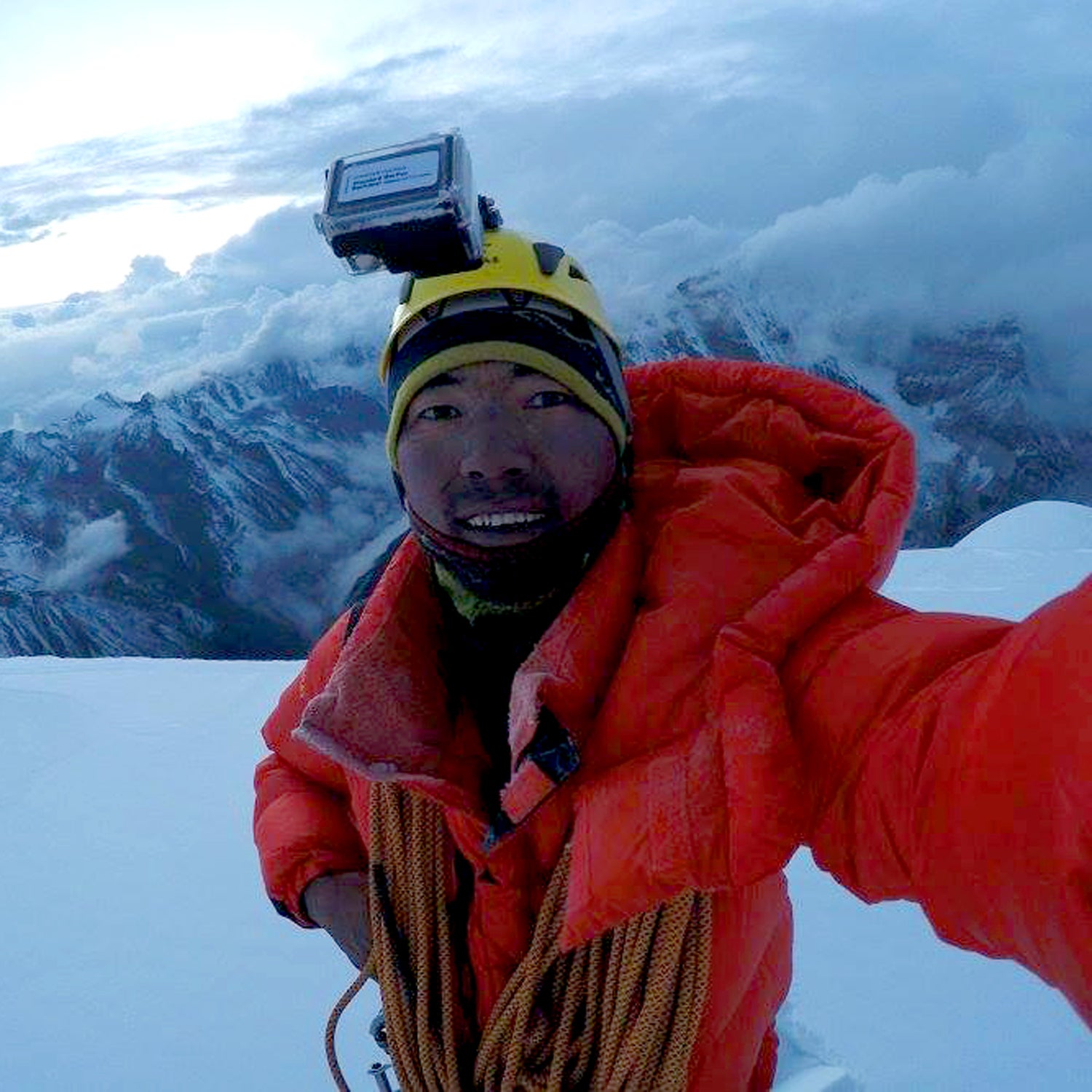Since well before Tenzing Norgay Sherpa made the first ascent of Everest in 1953 with Sir Edmund Hillary, Sherpas have been an essential part of Nepal’s climbing culture—typically as the guys supporting Westerners rather than the leaders of their own expeditions. But that appears to be changing.
In May 2014, the Nepalese government opened 104 new peaks for climbing as a means of encouraging Western tourists to visit during a year when Everest, due to a deadly ice collapse onto the Khumbu Icefall, had shut down. (One of the peaks was even named after a 73-year-old American climber, who attempted a first ascent on it earlier this month.) But the peaks aren’t calling just to paying clients or sponsored pros—they’ve enticed a few intrepid young��Sherpas as well.
In October, Nima Tenji Sherpa, Tashi Sherpa, and Dawa Gyalje Sherpa—all hailing from Nepal’s Rolwaling Valley, an area just east of the Khumbu Valley, and the site of��17 of the newly opened peaks—made history with first ascents on three 20,000-foot-plus��mountains in three consecutive days. A week later, another Sherpa, Mingma Gyalje Sherpa, who owns Dreamers’ Destination guide service and is also from Rolwaling, of the 21,933-foot��Chobutse.
It’s not the size of the mountains that is noteworthy—20,000 feet is a walk in the park for most professional Sherpa guides—but the fact that these men decided��to climb simply for the thrill, and perhaps the notoriety, of claiming a first ascent. That’s a stark departure from the mores of traditional professional Sherpa climbers, who only started pursuing summits after British and Swedish explorers arrived in the early part of the 20th century offering cash in exchange for help up the mountains. Those early generations of Sherpa guides viewed the mountains as the bed of the gods and didn't climb for personal enjoyment. For decades, Westerners ran the commercial climbing industry in Nepal.��Many young local climbers��are now claiming the mountains as their own.
“We are hoping, as young climbers, to take climbing in Nepal to a new level,” Dawa Gyalje in an interview earlier this month. “All of us have climbed much bigger mountains but always with foreign climbers. We want to show that we are not just porters on the mountain, climbing only for our livelihood, but we are interested in climbing because we enjoy it, too.”
“We are the young generation of Sherpa climbers but we are looking to the future of Nepal and Sherpas also,” he added
“We want to show that we are not just porters on the mountain, climbing only for our livelihood, but we are interested in climbing because we enjoy it, too.”
This shift has been brewing for almost a decade, as local climbers have��received��boarding school educations that their older relatives never had financial access to—partly due to the money commercial climbing brought to the Khumbu, Rolwaling, and Makalu regions. They’re also receiving climbing lessons through programs like Khumbu Climbing Center, led by American alpinist Conrad Anker, and pursuing guide certifications just as stringent as those held by��Western guides. These climbers��have been quick to point out the discrepancies in pay between Western guides, who make between $10,000 and $20,000 per expedition, and Sherpa guides, who typically make about $4,000 per expedition. For them, the path to breaking out of Nepal’s deep poverty is clear: they want to become lead guides and build their own guiding companies.
Case in point: three years ago,��brothers��Mingma Sherpa and Chhang Dawa Sherpa, both in their late 20s,��joined with Tashi��Sherpa to start��, which has since become a successful guiding company. To gain credibility, the brothers became the first Sherpas to summit the world’s highest mountains, the 14 mountains over��8,000��meters, a feat only 34 people have completed. During the 2014 season, they led 98 clients on Everest (before the��Icefall��collapse that shut down the mountain). By comparison, the average Western company leads ten-to-15 clients per year. By not using expensive Western mountain guides and reducing overhead and other expenses, they were able to offer an Everest climb for $30,000, less than half of the most expensive Western operators, which charge roughly $60,000 per client. (Budget outfitters have become more common,��drawing criticism from some western outfitters for contributing to��a crowded mountain��and not having stringent enough requirements for clients.)
It’s clear that commercial climbing in Nepal is in for some significant changes. Exactly what changes will come remains unclear, but one thing is: this new generation of Sherpa guides is staking a claim on the future of climbing in Nepal.
“Nepal is always known for home of climbing and Sherpa are the real heroes behind the success but they remained behind always,” wrote Tashi Sherpa, , shortly after his three-day, three-peaks��expedition��last month. “Now Nepalese climbers are capable of competing globally but it is rarely heard about Nepalese Alpinist. So this is a step for us to represent ourselves with changing profession into our hobby.”
*Alan��Arnette��has been climbing in Nepal since 1997 and has been a part of��ten��expeditions. He summited Everest in 2011 on his fourth attempt. He chronicles his climbs on his .


